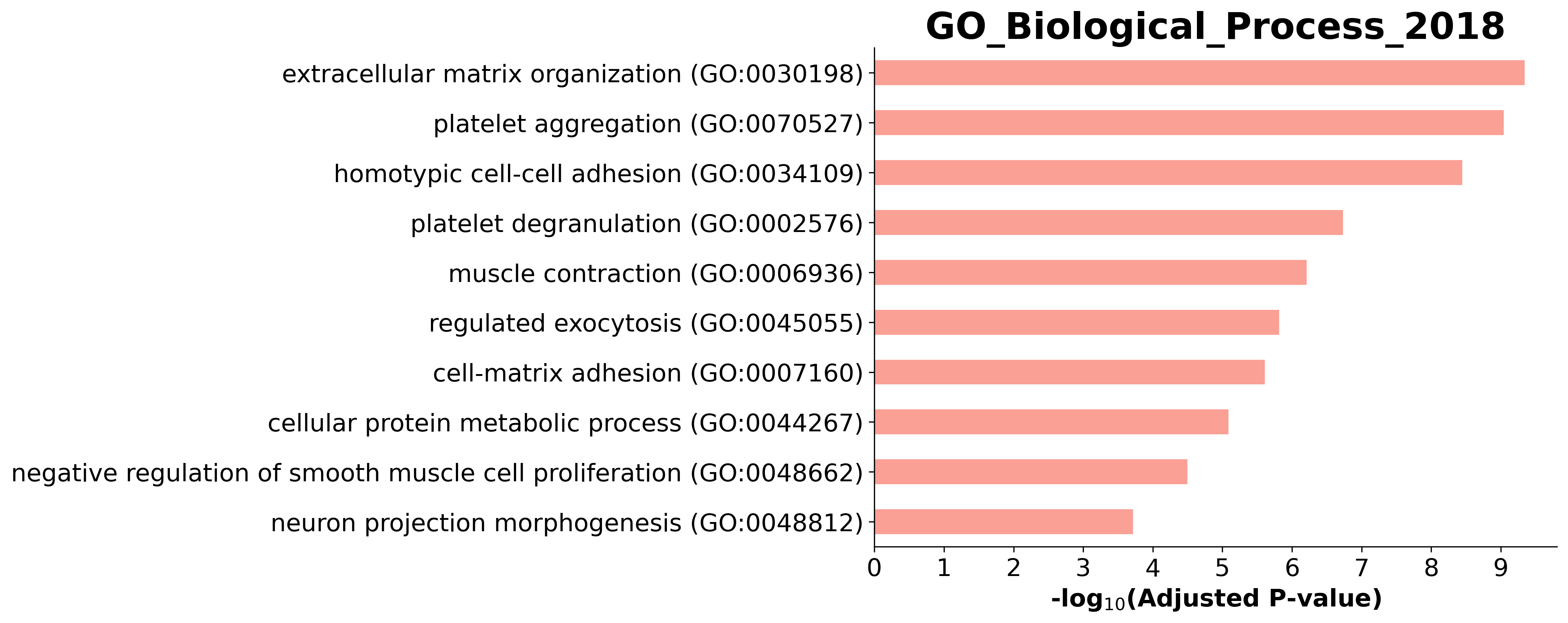### Compute centrality ranks so that we can compare them within and between networks
full_centralities=pd.DataFrame()
for net in [0,1,2]:
net_in=[pos_w, all_u, knn][net]
net_nm=['pos_w', 'all_u', 'knn'][net]
temp=pd.DataFrame([net_in.vs[att] for att in ['name','degree','betweenness', 'closeness','eccentricity','eigenvector']], index=['name','degree','betweenness', 'closeness','eccentricity','eigenvector']).T
temp.columns=[x+'|'+net_nm for x in temp.columns]
temp.rename(columns={'name|'+net_nm:'name'}, inplace=True)
## For all but eccentricity centrality, we compute the rank in ascending mode
## so that higher ranking means more central. we need to reverse this for eccentricity
temp.loc[:,temp.columns.str.contains('deg|bet|clos|eig')]=temp.loc[:,temp.columns.str.contains('deg|bet|clos|eig')].rank(pct=True, ascending=True)
temp.loc[:,temp.columns.str.contains('eccentricity')]=temp.loc[:,temp.columns.str.contains('eccentricity')].rank(pct=True, ascending=False
)
temp['median_centrality|'+net_nm]=temp.loc[:,temp.columns!='name'].median(1)
if(net==0):
full_centralities=temp
else:
full_centralities=pd.merge(full_centralities, temp, on='name')
full_centralities.set_index('name', inplace=True)
full_centralities=pd.merge(full_centralities, data[['Type']], left_index=True, right_index=True, how='left')
full_centralities['median|ALL']=full_centralities.loc[:,full_centralities.columns.str.contains('median')].median(1)
### Correlations are computed between ranks, after inverting the rank for eccentricity
def correlations_centralities(graph_name):
"""
Returns squared correlation matrix.
"""
temp_corr=full_centralities.copy().loc[:,full_centralities.columns!='Type'].dropna().astype('float')
temp_corr=temp_corr.loc[:,temp_corr.columns.str.contains(graph_name)]
temp_corr.columns=temp_corr.columns.str.replace('\|.+','')
temp_corr=temp_corr.corr(method='spearman')
np.fill_diagonal(temp_corr.values, np.nan)
return(temp_corr)
all_u_centcorr=correlations_centralities('all_u')
knn_centcorr=correlations_centralities('knn')
pos_w_centcorr=correlations_centralities('pos_w')
fig,ax=plt.subplots(nrows=3, figsize=(8,16), sharex=True)
ax=ax.flatten()
for i in range(3):
tdata=[all_u_centcorr,knn_centcorr, pos_w_centcorr][i]
tname=['all_u','knn','pos_w'][i]
sns.heatmap(tdata, cmap="RdBu_r", center=0, annot=True, ax=ax[i]);
ax[i].set(title=tname)
